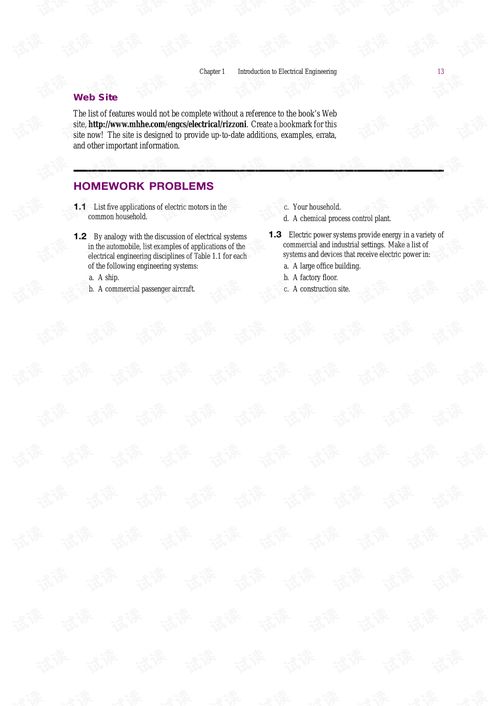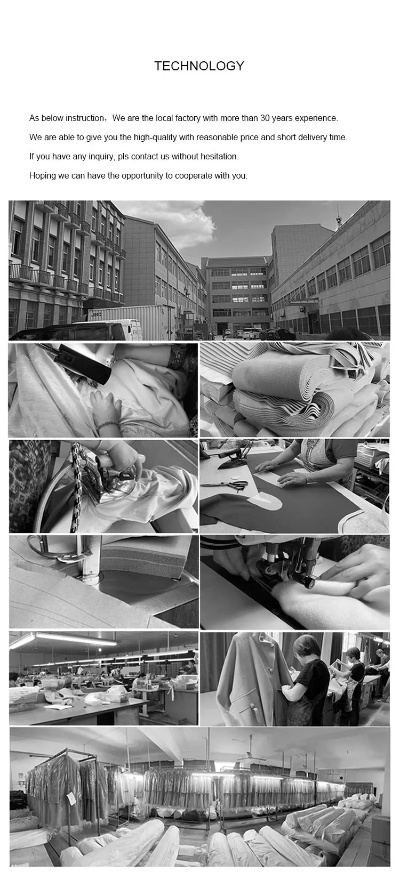Principles and Application of the Yarn Punch Method in Sample Collection
The Yarn Punch Method is a popular technique used in sample collection, particularly in the field of textile sampling. This method involves using a punch to create holes in the fabric being sampled, which allows for easy removal of samples without damaging the material. The Yarn Punch Method has several advantages over traditional methods such as scissors or needles, including its ability to create uniformly sized holes and its ease of use. Additionally, the Yarn Punch Method can be applied to a wide range of materials, including cotton, wool, and synthetic fibers, making it a versatile tool for sample collection. Overall, the Yarn Punch Method is an effective and efficient way to collect samples from a variety of materials, making it an essential tool for anyone working in the textile industry.
Introduction: In the realm of textile testing, the yarn punch method is a crucial technique used to collect representative samples from fabrics for various purposes such as quality control, material analysis, and end-use evaluation. This method involves manually or mechanically removing small portions of the sample using a specially designed punch tool, which is then analyzed for its physical and chemical properties. In this article, we will delve into the principles behind the yarn punch method, its advantages over other sampling techniques, and how it can be applied in practice through an example.
Yarn Punch Method Basics: The yarn punch method is based on the principle that by removing small sections of fabric, it is possible to obtain samples that are representative of the overall material's characteristics. The punch consists of a hollow cylinder with a sharp edge at one end that is used to pierce through the fabric. The sample is then removed from the fabric and placed in a container for further analysis.
Advantages of the Yarn Punch Method: One of the primary advantages of the yarn punch method is its simplicity and ease of use. It requires minimal equipment and expertise, making it accessible to both professionals and amateurs alike. Additionally, the method offers high precision and repeatability, ensuring that consistent results can be obtained from each sample. Furthermore, the punch method allows for the collection of multiple samples from a single piece of fabric, providing a comprehensive analysis of the material's properties.
Application of the Yarn Punch Method: The yarn punch method has numerous applications in the textile industry, including:

-
Quality Control: In the manufacturing process, the yarn punch method is used to ensure that products meet specific standards and requirements. By collecting samples from different stages of production, manufacturers can monitor the consistency and quality of their products.
-
Material Analysis: The yarn punch method is also used in research and development to study the properties of new materials and develop new technologies. By analyzing the properties of samples collected from these studies, researchers can gain valuable insights into the behavior of the material under different conditions.
-
End-Use Evaluation: Finally, the yarn punch method is utilized in end-use evaluation to assess the performance of finished products. By analyzing samples collected from these products, manufacturers can identify any issues or defects that may affect the product's quality or durability.
Case Study: Let's take a closer look at a real-world application of the yarn punch method using a hypothetical scenario involving a textile manufacturer. The manufacturer is producing a line of high-performance sportswear and needs to ensure that their garments meet stringent performance standards. To achieve this, they employ the yarn punch method to collect samples from various stages of the production process, including raw materials, intermediate fabrics, and final products.
Using the punch method, they collect samples from the raw materials, which are then subjected to various tests to determine their strength, flexibility, and resistance to wear and tear. Next, they collect samples from the intermediate fabrics during the dying and finishing processes, focusing on the colorfastness and shrinkage properties. Finally, they collect samples from the final products, which undergo rigorous testing for comfort, fit, and overall performance.
By conducting these tests on each stage of the production process, the manufacturer can identify any issues or deficiencies early on and make necessary adjustments to optimize the final product. This approach not only ensures that their garments meet the highest standards but also helps them stay ahead of competitors who may not have access to similar testing facilities.
Conclusion: In conclusion, the yarn punch method is a versatile and effective technique for collecting representative samples from textiles. Its simplicity and precision make it ideal for both quality control and material analysis, while its ability to collect multiple samples from a single piece of fabric provides a comprehensive understanding of the material's properties. By leveraging the yarn punch method, textile manufacturers can improve their products and stay ahead of the competition in a highly competitive industry.
纺织品摆锤法是一种常用的取样方法,其原理是通过一定重量的摆锤对纺织品样品进行冲击,从而获取样品的质量分布和性能数据,本文将详细介绍纺织品摆锤法的原理及其应用案例。
纺织品摆锤法取样原理

纺织品摆锤法取样的原理主要是通过一定的摆锤重量和冲击速度,模拟纺织品在实际使用中的受力情况,从而获取样品的质量分布和性能数据,摆锤法取样的过程包括以下几个步骤:
(1)确定样品数量和规格
在取样前,需要确定需要取样的样品数量和规格,以确保取样的代表性。
(2)选择合适的摆锤类型和规格
根据样品的特点和需求,选择合适的摆锤类型和规格,以确保摆锤能够模拟出纺织品在实际使用中的受力情况。
(3)制备样品样本
将样品制备成符合要求的形状和尺寸,以便进行摆锤试验。
(4)进行摆锤试验
将摆锤放置在合适的位置,调整摆锤的重量和冲击速度,进行摆锤试验,通过观察样品在摆锤试验中的表现,获取样品的质量分布和性能数据。
表格说明

以下是纺织品摆锤法取样原理的表格说明:
| 参数 | 说明 |
|---|---|
| 样品数量 | 需要取样的样品数量 |
| 摆锤类型 | 根据样品特点选择合适的摆锤类型 |
| 摆锤重量 | 模拟纺织品在实际使用中的受力情况的重力值 |
| 冲击速度 | 模拟纺织品在实际使用中的受力情况的速度 |
| 取样方法 | 通过一定的摆锤重量和冲击速度,模拟纺织品在实际使用中的受力情况,获取样品的质量分布和性能数据 |
应用案例说明
应用案例一:纺织品质量检测
某纺织企业为了检测其生产出的纺织品的质量,采用了纺织品摆锤法进行取样,确定了需要取样的样品数量和规格,选择了合适的摆锤类型和规格,制备了符合要求的样品样本,进行了摆锤试验,通过观察样品在摆锤试验中的表现,获得了样品的质量分布和性能数据,该案例表明,纺织品摆锤法是一种有效的纺织品质量检测方法。
应用案例二:纺织品性能测试
在纺织品的生产过程中,为了评估纺织品的性能,需要进行性能测试,采用纺织品摆锤法进行取样可以模拟纺织品在实际使用中的受力情况,从而获取纺织品的性能数据,可以测试纺织品的抗拉强度、耐磨性、透气性等性能指标,该案例表明,纺织品摆锤法在纺织品的性能测试中具有广泛的应用前景。
纺织品摆锤法是一种常用的取样方法,其原理是通过一定的摆锤重量和冲击速度,模拟纺织品在实际使用中的受力情况,从而获取样品的质量分布和性能数据,在实际应用中,纺织品摆锤法具有广泛的应用前景,可以用于纺织品质量检测、纺织品性能测试等多种领域,通过本文的介绍和分析,希望读者能够更好地了解纺织品摆锤法的原理和应用案例。
Articles related to the knowledge points of this article:
纺织品欧盟Reach and ASTM Standards:A Comprehensive Guide for Manufacturers
Exploring the Art of Handmade Textiles:A Tutorial for Beginners
The Art of Textile Embroidery and绣龙绣凤—以雕龙绣凤纺织品为主题



